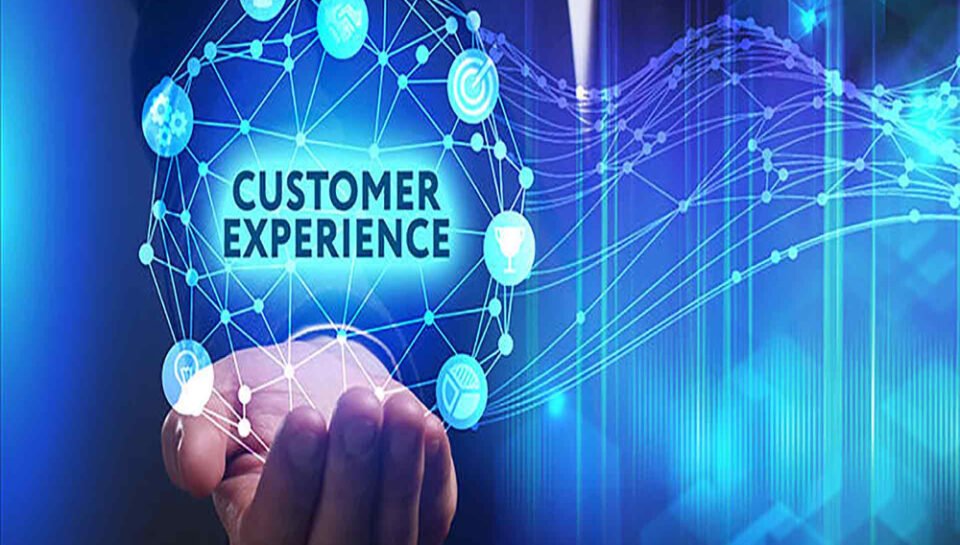
How does system integration benefit customer experience in a startup?
Faster Response Times
- Reduces delays in retrieving customer information across platforms.
- Automates follow-ups, confirmations, and service workflows.
- Provides real-time visibility into customer history for quicker resolutions.
- Eliminates repetitive questions by sharing data across teams.
- Enables proactive engagement based on user behavior triggers.
Personalized Customer Interactions
- Aggregates behavior, purchase, and communication data for personalization.
- Supports dynamic email campaigns tailored to individual journeys.
- Allows sales or support to reference full customer profiles instantly.
- Integrates feedback systems to adapt communication style and tone.
- Builds loyalty through informed, consistent interactions.
Seamless Omnichannel Experience
- Syncs CRM, helpdesk, social, and e-commerce platforms.
- Maintains consistent context across channels like chat, email, or calls.
- Ensures transitions between teams or stages feel smooth to the customer.
- Avoids service breakdowns caused by disconnected systems.
- Creates a unified brand experience regardless of entry point.
Real-Time Order and Support Updates
- Notifies customers instantly about order status, support responses, or billing changes.
- Allows live tracking of fulfillment, onboarding, or case status.
- Reduces frustration by avoiding information gaps or repeated inquiries.
- Supports self-service access to status and history through portals or apps.
- Increases transparency and trust through timely communication.
Higher Service Quality and Accuracy
- Reduces errors from manual input or tool switching.
- Ensures customers receive consistent and correct information.
- Helps staff solve problems faster using shared data systems.
- Enables quick access to product, billing, and support histories.
- Supports continuous improvement using integrated feedback loops.





